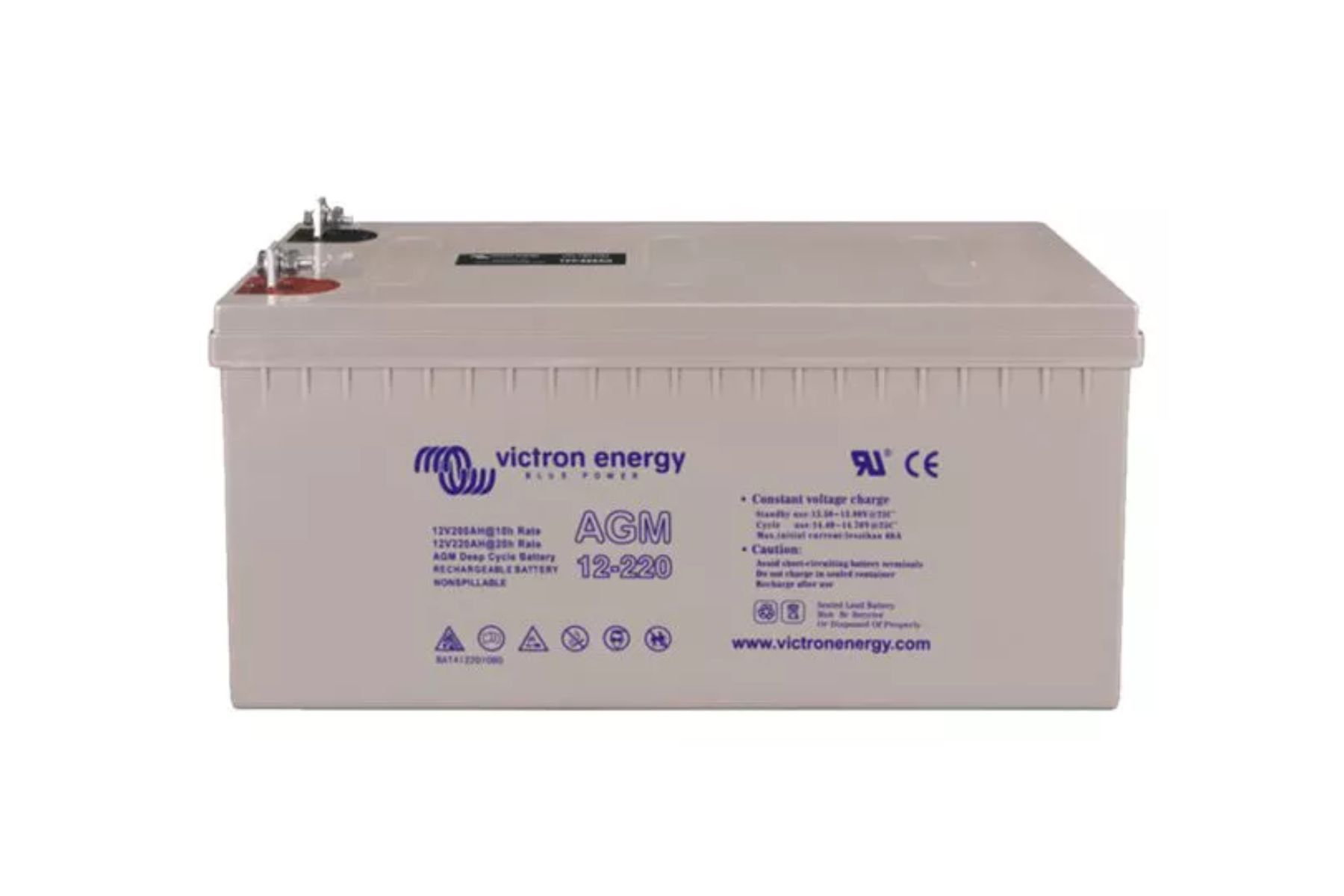
The shift toward greener alternatives in the boating industry has led to a surge in the use of electric boat motors. In turn, this means boat owners must make choices about batteries for electric boat motors. Lithium vs. AGM is a debate that many owners of electric boats must navigate. These two leading types of batteries power electric vessels, but each presents different benefits and challenges.
How Lithium and AGM Batteries Work
Lithium and absorbent glass mat (AGM) batteries are both popular choices for electric boat motors, each presenting unique characteristics. Lithium batteries, specifically lithium iron phosphate (LiFePO4) batteries, offer high energy density, which means they can store and deliver a large amount of power relative to their size.
On the other hand, AGM batteries utilize lead-acid technology, but unlike ordinary lead-acid batteries, AGM batteries contain an absorbent mat that cushions the lead plates within, and prevents liquid loss. This makes the chemical reaction between lead plates and sulfuric acid more efficient, but AGM batteries are still less efficient than lithium. Nevertheless, AGM batteries are known for their reliability and lower upfront cost.
Weight Considerations
Weight is always a crucial factor in a boat. Lithium batteries are approximately 40 percent lighter than their AGM counterparts for the same power output. This reduction in weight can lead to better fuel efficiency and performance, especially in smaller boats.
Power and Speed
Lithium batteries are superior in terms of power output and speed. They can discharge at a higher rate, providing more power when needed, such as during acceleration. Additionally, lithium batteries maintain consistent voltage throughout their discharge cycle, ensuring your boat motor performs optimally even as the battery drains.
In contrast, the power output of AGM batteries diminishes as they discharge. This can result in a gradual decline in motor performance over time.
Longevity and Cycles
Lithium batteries also outpace AGM batteries in longevity. They can withstand a higher number of charge and discharge cycles before their capacity begins to degrade, often providing up to ten times the lifespan of an AGM battery.
While AGM batteries have a shorter lifespan, they are more robust in extreme temperatures and can be a reliable choice for specific applications.
Upfront and Long Term Costs
When considering the cost of AGM vs. lithium iron phosphate batteries, it’s essential to look beyond the initial investment. Indeed, an AGM battery might seem like the more economical choice upfront, often costing less than half of a lithium iron phosphate counterpart.
However, the long-term savings with lithium iron phosphate batteries are significant. Despite their higher initial cost, these batteries offer a longer lifespan, superior performance, and faster charging times, making them more cost-effective in the long run. Over time, the investment in a lithium iron phosphate battery can result in considerable savings, offsetting the initial price difference and providing greater value for your money.
In discussing the lithium vs. AGM battery debate for electric boat motors, it’s clear that both have their strengths and weaknesses. Your choice between the two should depend on your boating needs and your budget, as well the availability of charging stations and how long it takes to charge your battery. Whatever battery for an electric boat motor you choose, rest assured that you’re making a positive impact on our environment by opting for an electric motor.
